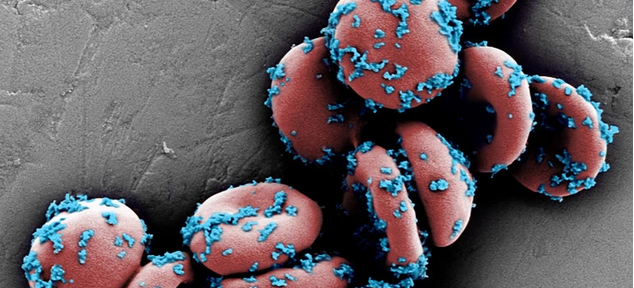A better candidate for chemo delivery
Chemotherapy has been the backbone of cancer treatment for decades, but it is notorious for its toxicity to healthy cells, severe side effects, and poor targeting of the intended tumors.
Efforts to improve chemotherapy’s efficacy and tolerability include packaging drugs into nanoparticles, which can protect them from degradation in the body, control their release pattern, and shield the patient from some of the drugs’ side effects.
However, nanoparticles have so far failed to show significant accumulation in target sites, even when they are engineered with surface proteins designed to bind to specific tissues, largely because they are quickly cleared from the blood by the liver and spleen.
Now, a new technique called ELeCt (erythrocyte-leveraged chemotherapy) developed at Harvard’s Wyss Institute for Biologically Inspired Engineering and John A. Paulson School of Engineering and Applied Sciences (SEAS) aims to resolve those problems by using a Trojan horse, smuggling drug-loaded nanoparticles into cancerous lung tissue by mounting them onto the body’s own erythrocytes, commonly called red blood cells. When the red blood cells make their tight squeeze through the lung’s tiny capillaries, the nanoparticles are sheared off and taken up by lung cells with 10-fold greater success than free-floating nanoparticles, and dramatically improve the survival of mice with lung cancer metastasis. The research is reported in Science Advances.
